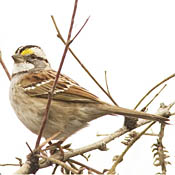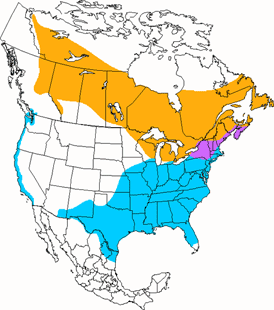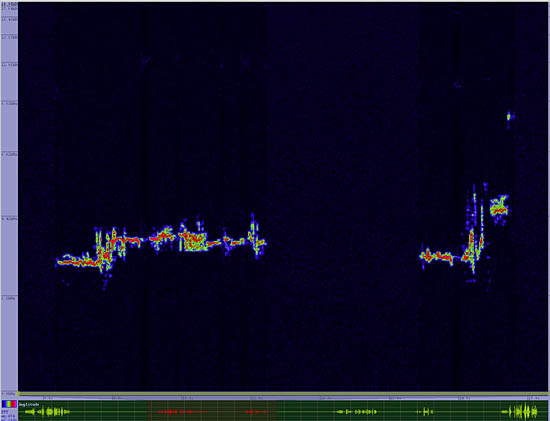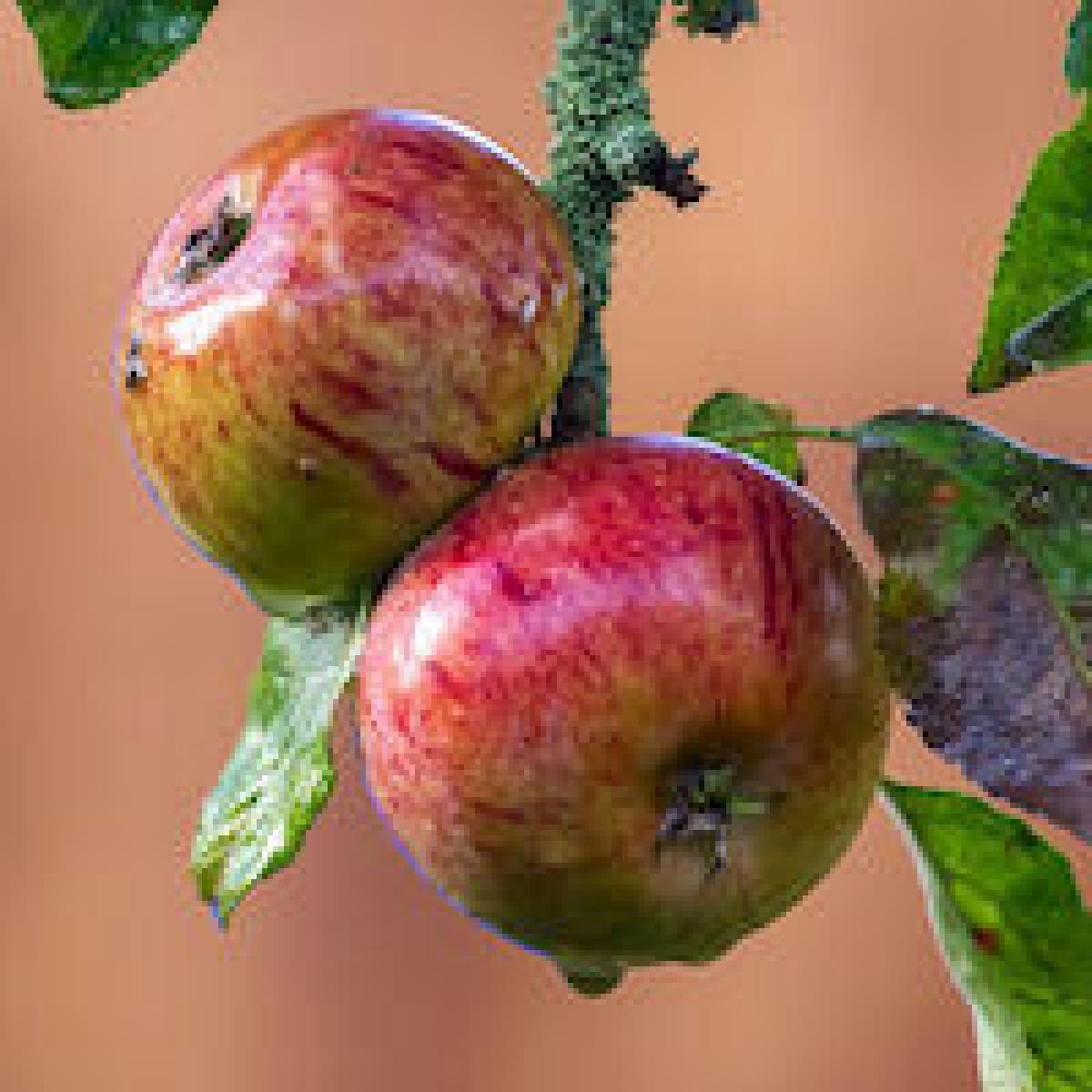White-throated Sparrow
Zonotrichia albicollis

Perching

Length: 7 in. (17 cm )
This sparrow winters in open woodlands, brushy grasslands and shrubby areas. It feeds mainly on the ground and eats seeds in the winter and insects, buds and seeds in the summer. This common species nests in shady, protected areas on or near the ground in coniferous and broad leaf tree forests. The nest is made of grass, moss, and feathers.
The four-digit banding code is WTSP.
Bibliographic details:
- Article: White-throated Sparrow
- Author(s): Dr. Biology
- Publisher: Arizona State University School of Life Sciences Ask A Biologist
- Site name: ASU - Ask A Biologist
- Date published:
- Date accessed:
- Link: https://askabiologist.asu.edu/activities/bird/white-throated-sparrow
APA Style
Dr. Biology. (). White-throated Sparrow. ASU - Ask A Biologist. Retrieved from https://askabiologist.asu.edu/activities/bird/white-throated-sparrow
Chicago Manual of Style
Dr. Biology. "White-throated Sparrow". ASU - Ask A Biologist. . https://askabiologist.asu.edu/activities/bird/white-throated-sparrow
Dr. Biology. "White-throated Sparrow". ASU - Ask A Biologist. . ASU - Ask A Biologist, Web. https://askabiologist.asu.edu/activities/bird/white-throated-sparrow
MLA 2017 Style
Be Part of
Ask A Biologist
By volunteering, or simply sending us feedback on the site. Scientists, teachers, writers, illustrators, and translators are all important to the program. If you are interested in helping with the website we have a Volunteers page to get the process started.








